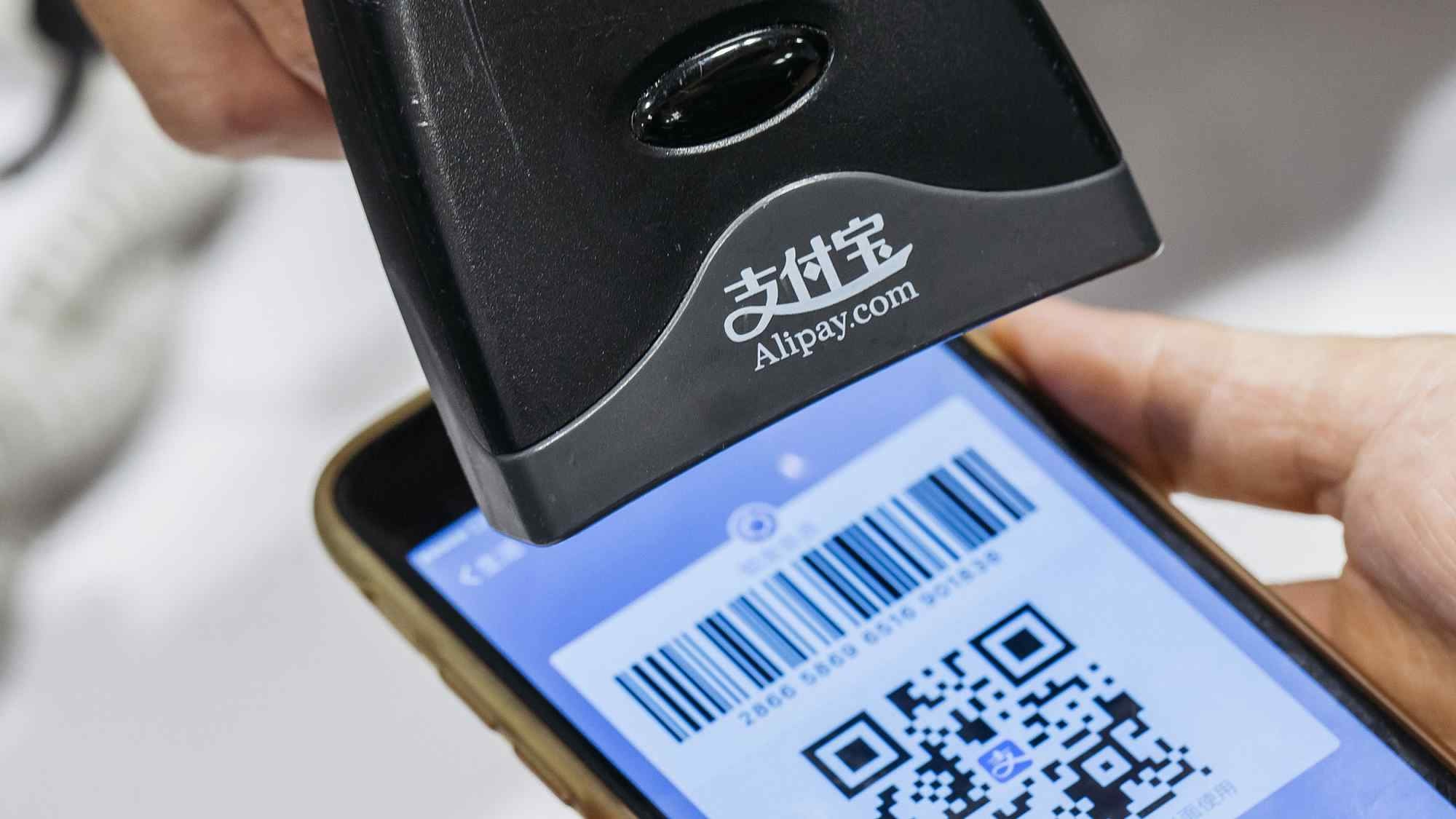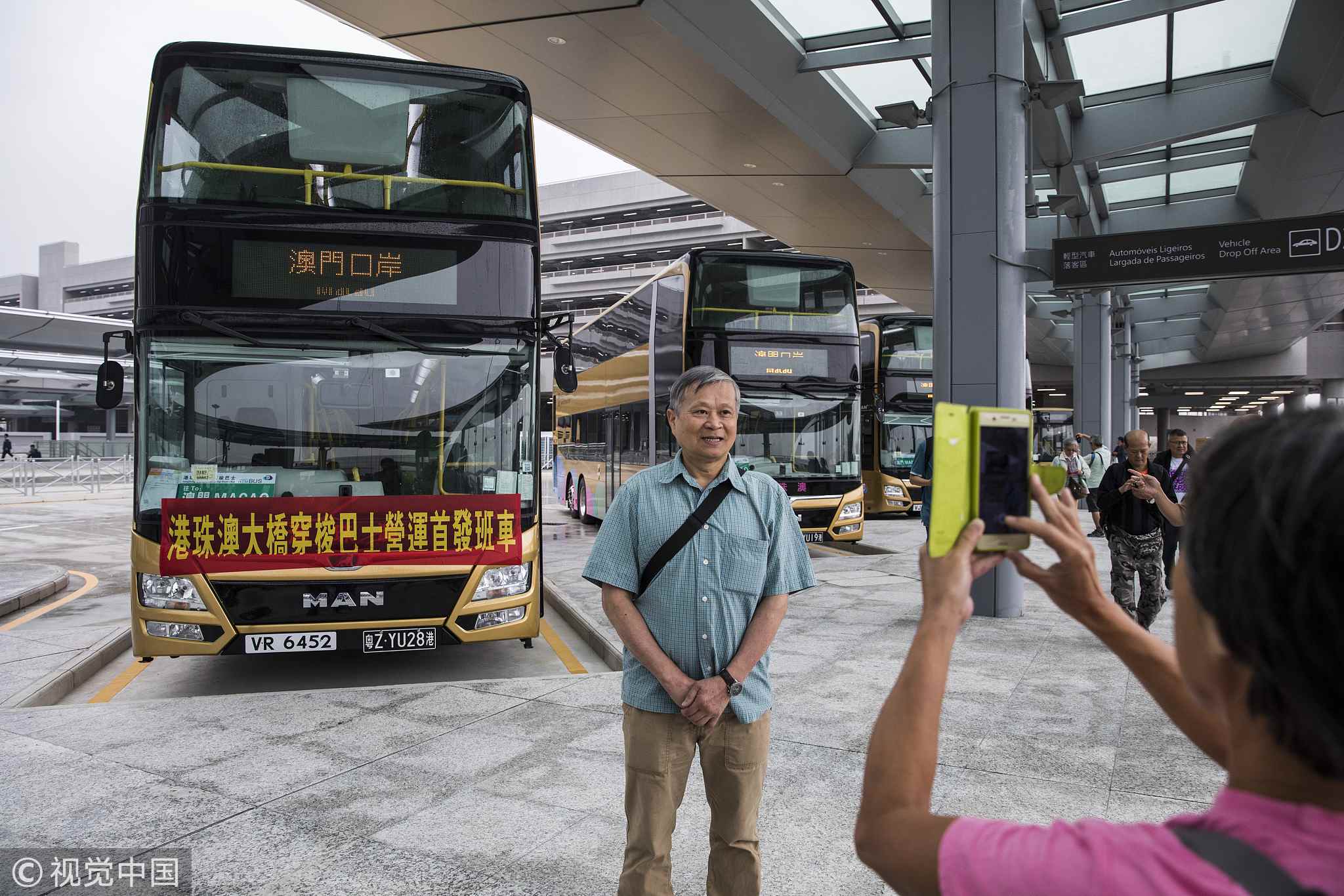Editor's note: Matteo Giovannini is a finance professional at ICBC in Beijing and a member of the China Task Force at the Italian Ministry of Economic Development. The article reflects the author's views and not necessarily those of CGTN.
2020 can be remembered as a cornerstone for the development of China's financial market due to the rollout of a series of well-targeted policies, ranging from a further expansion of stock and bond connect programs and the liberalization of cross-border transactions for specific financial products to guaranteeing a higher level of participation of foreign firms in the domestic financial market.
The opening-up of the domestic financial market does not represent a stand-alone goal for China but runs in parallel to the development of city clusters such as the Greater Bay Area. Covering 11 cities and a population of 70 million, the project is expected to be the future economic locomotive, thanks to a vibrant entrepreneurial ecosystem and strategic proximity to booming Southeast Asia.
In this context, it assumes relevance the recent announcement of the Macau Pass, the only mobile payment provider in the Special Administrative Region of Macao, aimed at launching its MPay electronic wallet in Hong Kong by the second quarter of 2021 to create an interoperable financial services ecosystem in the Greater Bay Area.

An employee scans a quick response (QR) code displayed on the Alipay app. /VCG
An employee scans a quick response (QR) code displayed on the Alipay app. /VCG
The decision is strategic because it is intended to making daily life more convenient for the Bay Area residents, who will be able to use familiar payment smartphone applications outside their territory. Also, it aims to increase the general level of efficiency of cross-border transactions between individuals and corporations.
The cooperation between Macau Pass and Hong Kong's Octopus cashless payment service on cross-border payments in the respective domestic currencies is also relevant because it follows the integration agreement signed with the Chinese mainland's payment providers in 2015, allowing mainland travelers to pay using Alipay and WeChat Pay in Macao and vice versa.
The move can also be read as Macao's explicit commitment to improving its financial infrastructure to try to diversify an economy that has, for decades, relied quite exclusively on gaming and entertainment and become an important financial hub in the future.
The plan to expand cashless payment services also represents a further step toward financial integration and interoperability within the Greater Bay Area. It follows the June launch of a wealth management connect scheme that allows Bay Area residents to buy financial products through financial institutions in Hong Kong and Macao. People living in the two special administrative regions can also invest in mainland products issued by mainland banks under this scheme.

A passenger poses in front of a shuttle bus, adorned with a banner indicating that it is the first shuttle to cross the Hong Kong-Zhuhai-Macao Bridge, after arriving at the Passenger Clearance Building in Macao, October 24, 2018. /VCG
A passenger poses in front of a shuttle bus, adorned with a banner indicating that it is the first shuttle to cross the Hong Kong-Zhuhai-Macao Bridge, after arriving at the Passenger Clearance Building in Macao, October 24, 2018. /VCG
Probably one of the most important and practical aspects of Macao's announced move is that it will solve a major technical issue for China's Greater Bay Area regarding the execution of transactions inside a vast territory that includes three different currencies.
A stronger financial integration in the growing Greater Bay Area represents an extremely important goal for China, especially as it attempts to cut its dependence on the U.S. dollar. It also serves as a driving force for the country's declared goal of increasing the internationalization of the yuan through boosting cross-border payments and leveraging the importance of Hong Kong as a major international financial center and of the province of Guangdong as a global trade hub.
Lastly, achieving the full integration of cashless payment services in the Greater Bay Area represents a strong encouragement for the ongoing pilot testing of China's sovereign-backed digital currency electronic payment project, which could serve as a role model for the future adoption of the digital yuan in the rest of the country.
(If you want to contribute and have specific expertise, please contact us at opinions@cgtn.com)